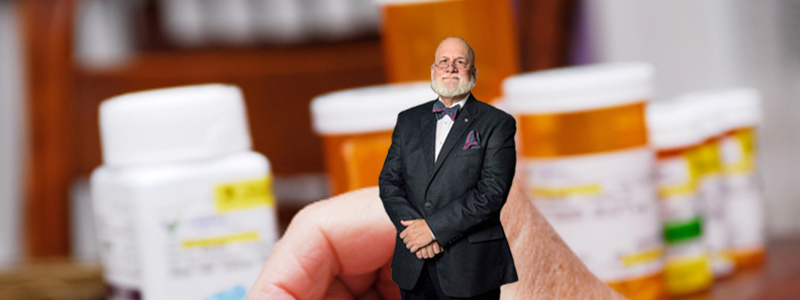A Treatment that Works
All treated patients demonstrated complete or partial resolution.
Complete resolution occurred in THE MAJORITY of patients.
Molluscum Contagiosum is a skin infection caused by a virus, which produces benign (not harmful in effect) raised lesions, or bumps, on the upper layers of the skin.
The small bumps are usually painless. They often disappear on their own and rarely leave scars, even when they’re left untreated. The length of time the virus lasts varies for each person, but the bumps can last from two months to four years.
The word, contagiosum, describes that this virus is contagious. It can be spread by direct contact with the lesion of an infected person or by contact with a contaminated object, such as a towel or a piece of clothing. Yes, the virus goes away on its own, but other people can be infected as long as the virus remains alive and active.
Historically, medical treatments have been mostly ineffective and victims were told to be patient and it would resolve on its own, but that certainly isn’t reassuring to someone who has the virus or those who might also become infected by being around the current victim. If you have this condition, you can spread the infection throughout your body. You can transfer the virus from one part of your body to another by touching, or scratching and then touching another part of your body.
Anyone can get molluscum contagiosum, but certain groups of people are more likely to become infected than others. These groups include:
- children between the ages of 1 and 10
- people who live in tropical climates
- people with weakened immune systems caused by factors such as HIV, organ transplants, or cancer treatments
- people who have atopic dermatitis, which is a common form of eczema that causes scaly and itchy rashes
- people who participate in contact sports, such as wrestling or football, in which bare skin-to-skin contact is common
A recent article in the Journal of Clinical Aesthetic Dermatology (2017;10(3):41-45) reports on a simple procedure for treatment that appears safe and effective. It involves the use of a compounded preparation of 2% povidone/iodine in a DMSO (Dimethylsulfoxide) gel.
The investigators did a systematic review of cases that presented to one of their private dermatology clinics from January to July of 2015. They identified 12 patients with molluscum contagiosum seeking treatment. All participants were children.
Patients were evaluated at their first visit to the doctor and they returned to the office for evaluation at four-week intervals. The number and location of lesions were recorded at each visit.
This small study demonstrated considerable success for treatment of molluscum contagiosum with the compounded preparation. It was well-tolerated, with minimal side effects. Some users will notice a slight garlic flavor after applying. DMSO contains sulfur and it actually penetrates the skin and can be detected by the tastebuds.
How can you receive this mixture? After the doctor makes the diagnosis, a prescription is written for 2% povidone/iodine in a DMSO gel, which must be filled by a licensed compounding pharmacist.
- The gel is applied to the bumps twice daily – without interruption – until problem is resolved
- Use Q-Tip, gloves, or finger cots to apply the gel and discard after one use.
- Allow to dry and wash hands after applying.
The doctor may suggest keeping the bumps covered to help reduce contamination of others. The doctor may expect follow up visits.

